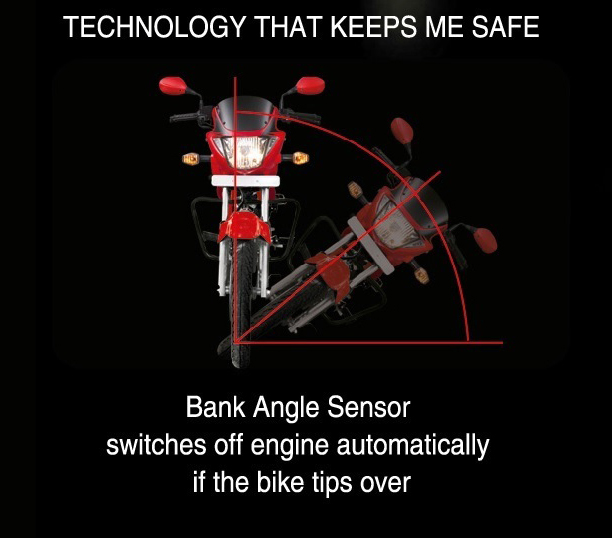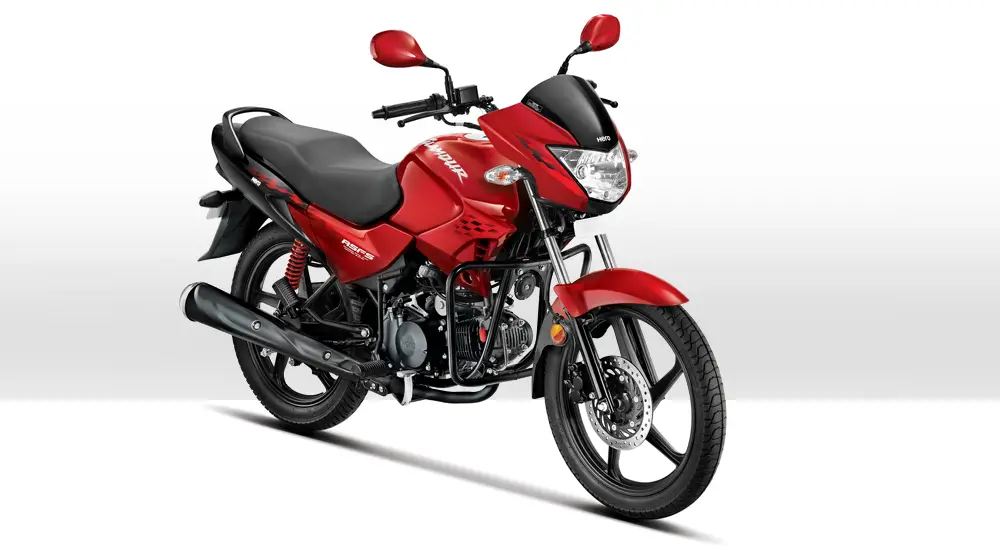What is Bank Angle?
Banking, in other words ’tilting’, is the angle at which the vehicle inclines from its longitudinal axis. Bank Angle Sensor switches off the engine if the bike tips over.

Furthermore, a banked turn (or banking turn) is the change of direction in which the vehicle banks or inclines. However, it is usually towards the inside of the turn. It is typically due to the roadbed having a crosswise down-slope towards the inside of the curve for a road vehicle. The bank angle is the angle at which the vehicle is inclined around its longitudinal axis with respect to the horizontal line. Honda first introduced the Bank Angle Sensor in the Honda Shadow motorcycle.
For – Additional Safety. By – Hero Glamour
How Does It Work?
Hero MotoCorp (http://www.heromotocorp.com/en-in/) deployed this technology in its Hero Glamour Bike. Bank angle is the angle at which the vehicle inclines or tilts from its longitudinal axis. In this case, the Bank angle describes the vehicle’s tilting as seen from the front.
The Bank Angle Sensor is a vehicle sensor that detects the angle at which the vehicle (particularly motorcycle or bike) leans as seen from the front. This angle determines the maximum tilt the motorcycle can have safely without tipping over. Sometimes, manufacturers term it the Tilt Sensor or Inclination Sensor as well. But, again, it is a part of an automobile safety system. The bank angle sensor switches off the engine if the sensor detects that the motorcycle is tipping over.
Furthermore, this sensor switches off the engine automatically as a safety measure if the bike tilts over its prescribed limits and tends to tip over. When the bike falls onto its side, as in case of an accident, the bank angle sensor turns off the engine. Thus, it prevents any possible injuries to the rider or damage to the bike.
Watch How This Technology Works Here:
Read More: What are riding modes in a bike?>>

